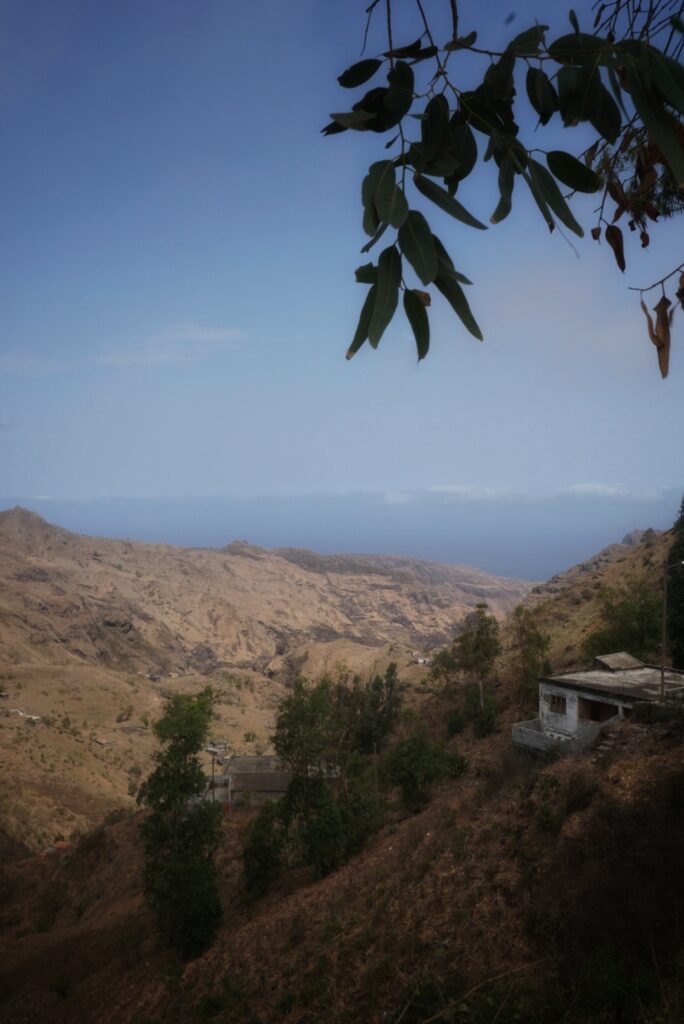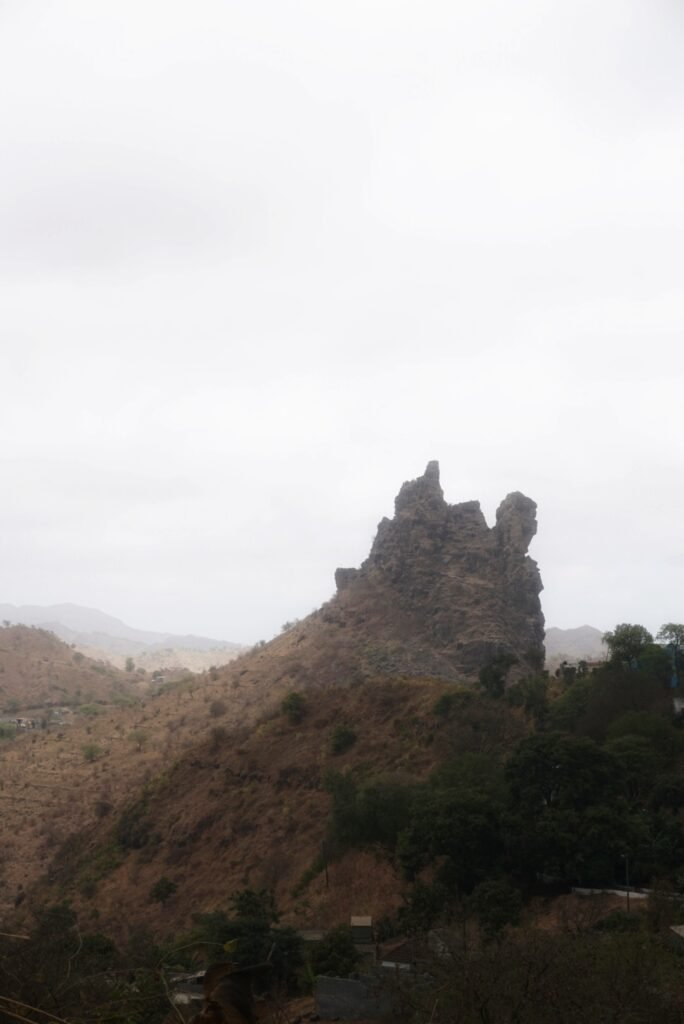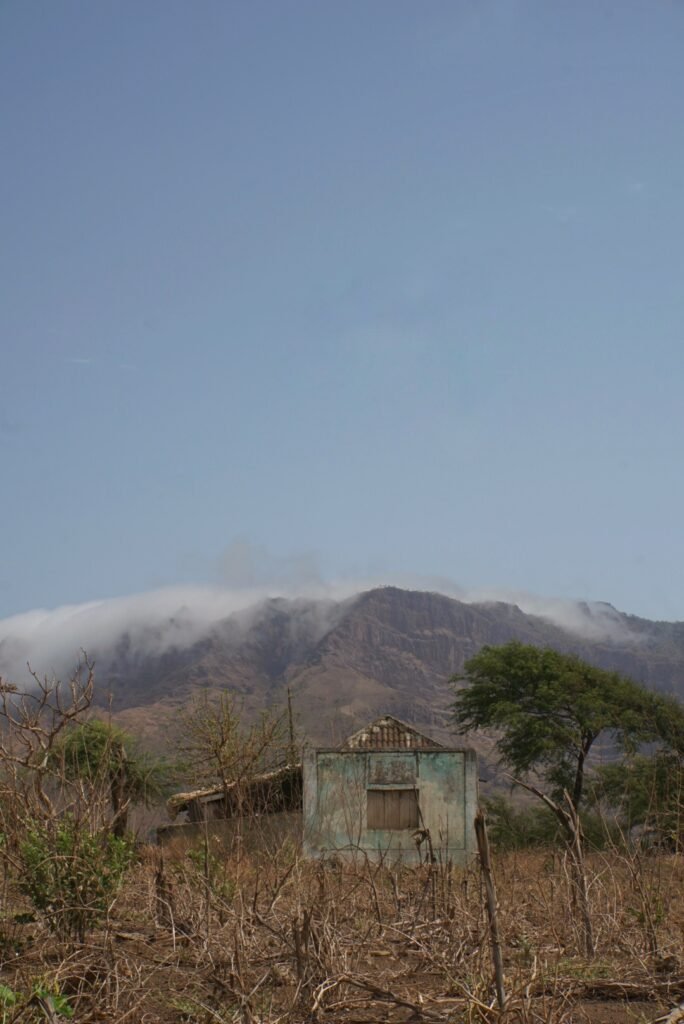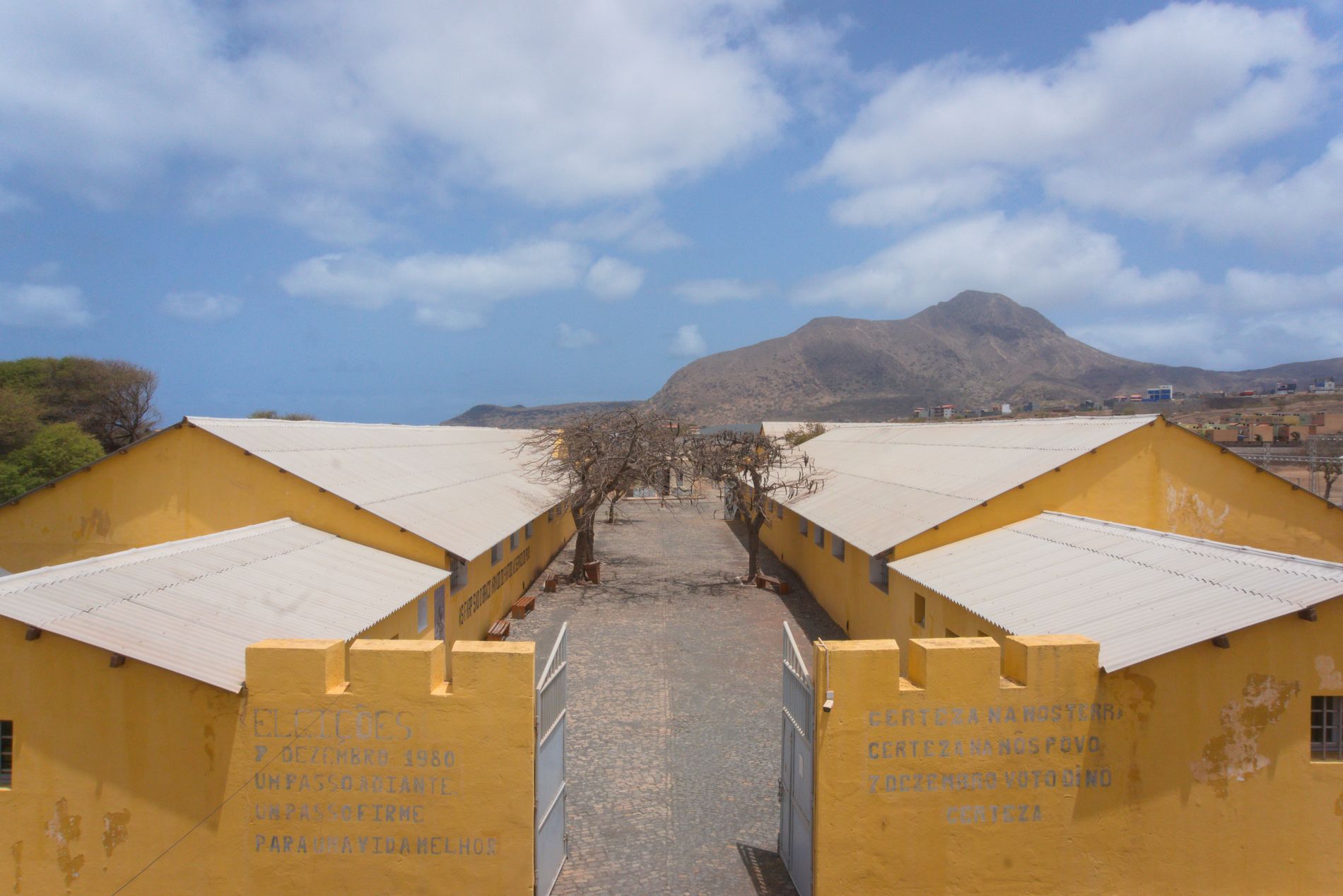
The Tarrafal Camp, also known as the Camp of Slow Death, was one of the most notorious political prisons of the Portuguese dictatorship. Located in Cabo Verde, at the northern tip of Santiago Island (practically opposite the capital, Praia), emerged as a political prison for anti-fascists and, later, for anti-colonialists.
In the year it opened, in October 1936, it received its first 152 prisoners from Lisbon, all accused of political activities against the regime. Initially, the camp in Tarrafal was just a 200x150m plot of land surrounded by barbed wire, where prisoners slept in canvas tents. The toilets were holes in the ground with cans inside, the kitchen was a shed, and the dining room tables (whose wood was later used to make coffins) were outdoors. It was only in 1937, with the prisoners' forced labour, that work began on building the moat around the prison and the wall surrounding it, and later the buildings.
The purpose of creating a prison so far from the national territory was to remove problematic prisoners (with a very clear anti-regime agenda) and send a message about the consequences of such actions. At the same time, Santiago Island was far enough away that the conditions experienced by prisoners were not so easily discussed in Portugal, and the climate was dry and hot to further punish those who were there. The ultimate goal was always to physically and psychologically punish those who opposed the dictatorial regime in Portugal.
The prisoners who lived here experienced utterly inhumane conditions, marked by hunger, torture, forced labour, poor hygiene and lack of healthcare. Added to these conditions was the heat and desert climate so characteristic of Santiago Island. This combination of conditions led to the Tarrafal Prison being nicknamed the camp of slow death.
During its period of operation, the Tarrafal Concentration Camp received more than 500 prisoners.
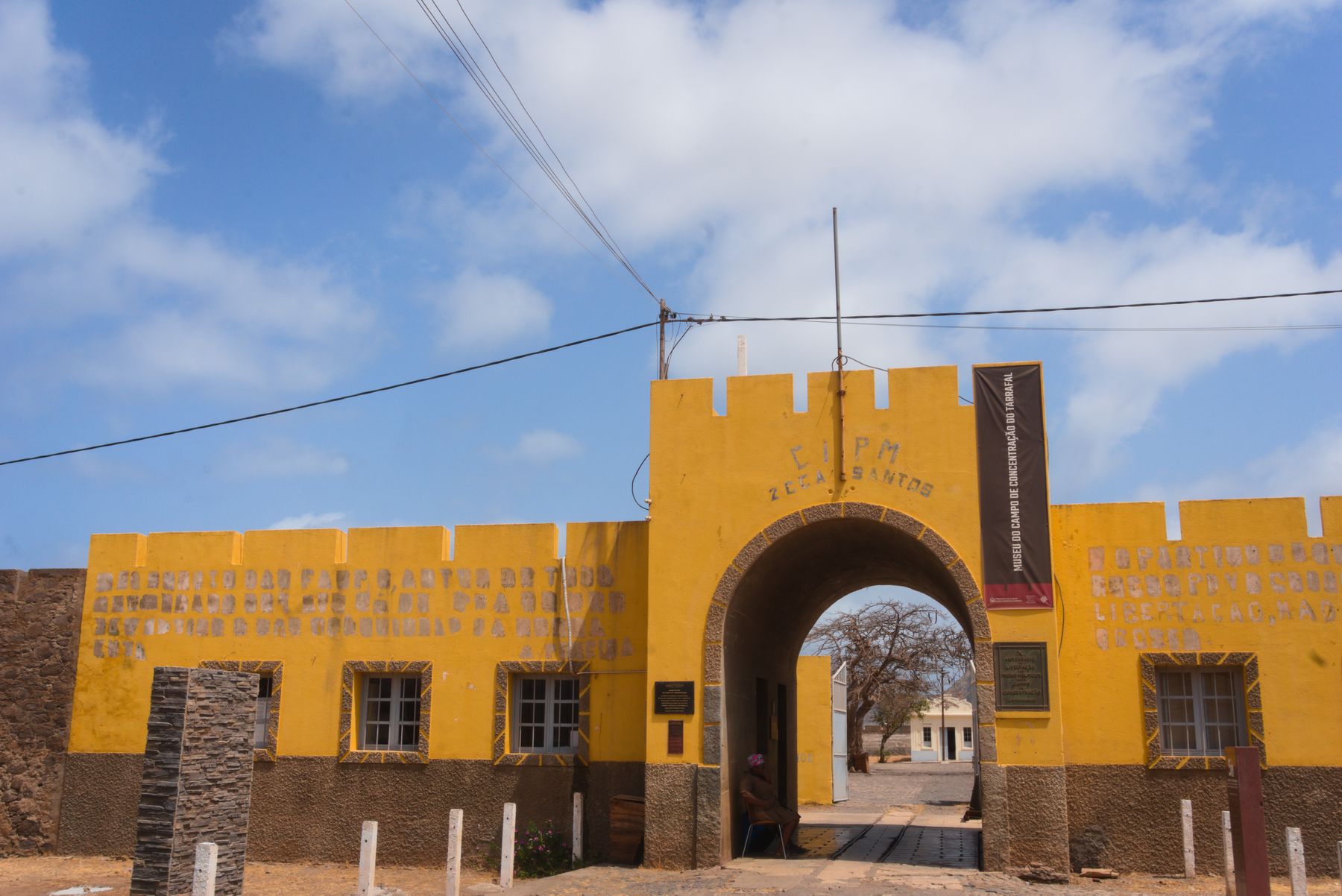
During its operation, it received several anti-fascist prisoners, closing in 1954 and later reopening under the name of Chão Bom Camp in 1961. In this second phase, it mainly held prisoners from the colonies, many of whom were members of independence groups from Angola, Guinea-Bissau and Cape Verde. In total, more than 500 people were held here. The prison was closed just 20 years later, on 1 May 1974, after the 25 April revolution.
If you would like to learn more about the daily lives of the men who lived here, we recommend reading the article published by 'Jornal Público' in 2004. The article is entitled “Daily life in Salazar’s concentration camp” and it is the best account we have found to truly understand and feel the terror experienced here.
Currently, we can find here the Tarrafal Concentration Camp Museum, or Museum of the Resistance, opened in 2000. Since the museum's creation, which began with just one exhibition room, there has been investment to develop and expand the museum. Its most recent phase took place in 2024, celebrating the 50th anniversary of 25 April, with the expansion of the exhibition.
The Museum is open every day from 9am to 5:30pm and cost (2024) around 200$ ECV (approximately €1.81 at the time of our visit).
Tarrafal Museum
The visit to the Museum of Resistance begins at the main entrance to the former political prison. From here, there is a room on the left where you can buy tickets and souvenirs, and where there is an information panel about some of the various concentration camps that existed around the world.
From here, there is a corridor surrounded on both sides by buildings bearing the phrase ‘AS FARP SAO O BRACO ARMADO DO PARTIDO AO SERVICO DO POVO’ (FARP is the armed wing of the party serving the people), in reference to the Armed Revolutionary Forces of the People, the name given to the independence movement in Cape Verde and Guinea-Bissau, which was later adopted by the country's armed forces, renamed in the 1990s as the Cape Verdean Armed Forces.
In this corridor of buildings, you can already visit one of the new additions to the museum: the walls are covered with images of people who lived here. During our visit, they were also installing televisions, so we believe that it is now possible to see images and videos from that period, but unfortunately we did not get to see that part of the exhibition.
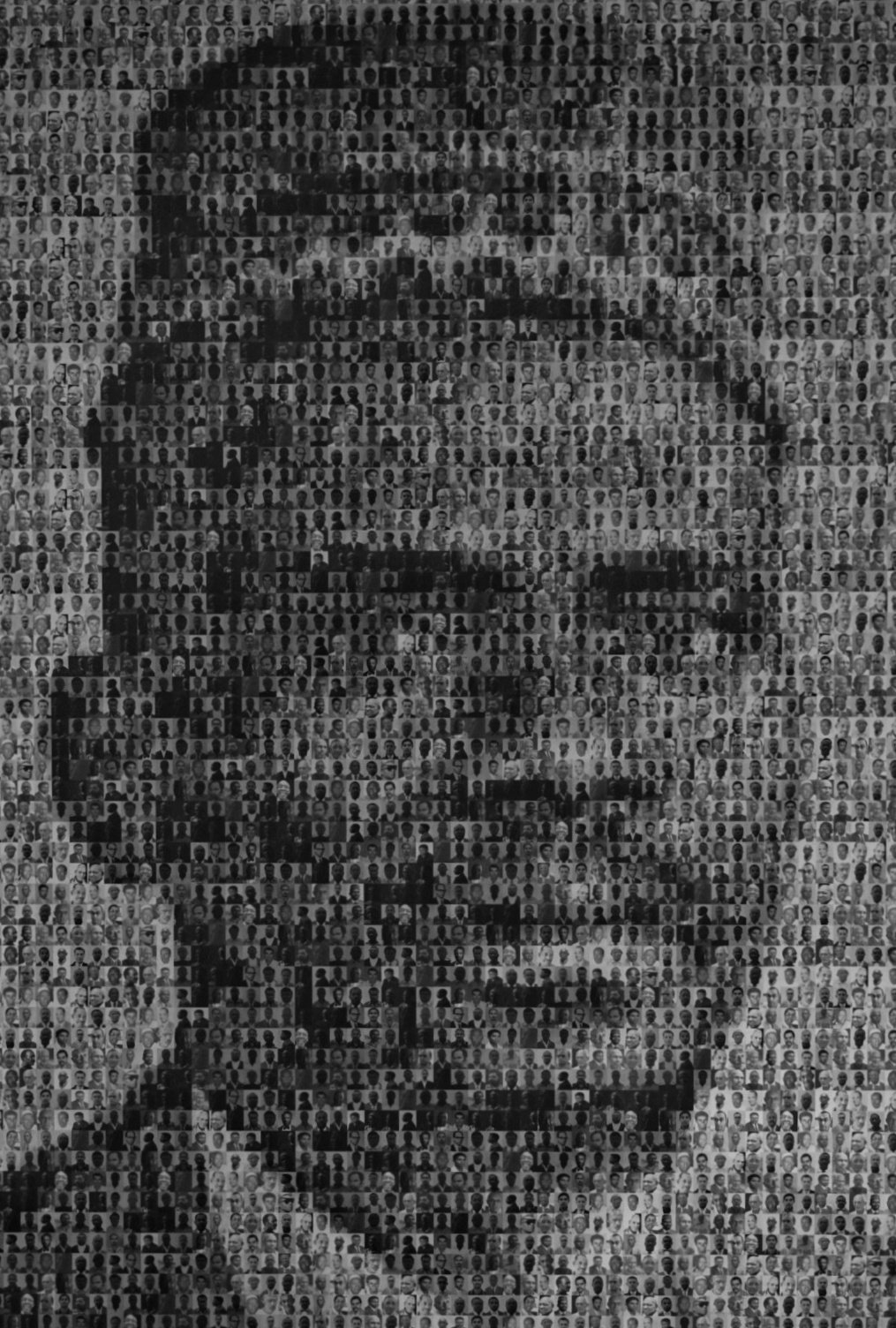
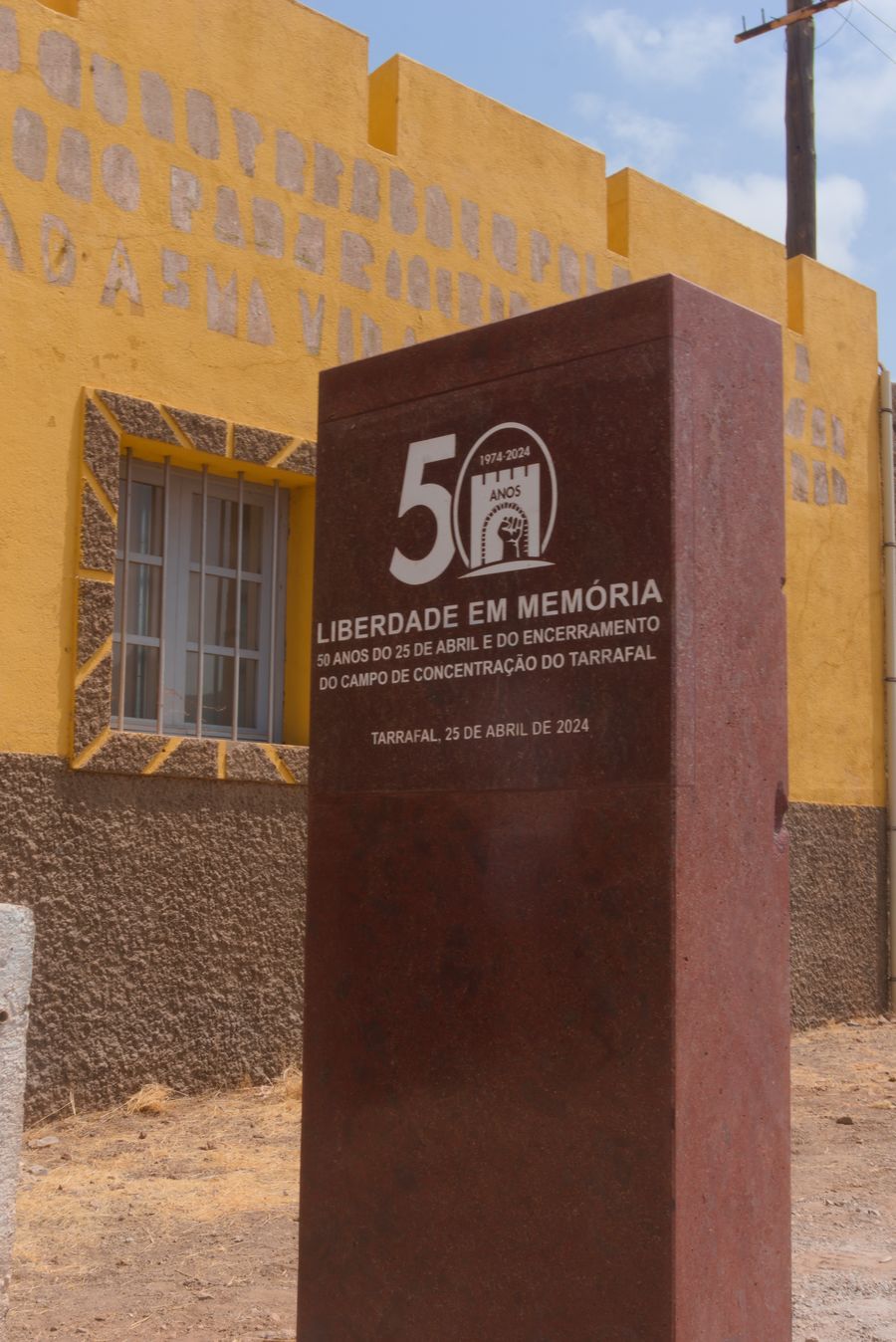
At the end of this corridor is the famous ‘first aid station’, the camp infirmary. Esmeraldo Pais, known as ‘Tralheira’, worked here. This completely inhumane man refused to see the wounded, left prisoners to suffer from disease and pretended not to receive medicines sent from Portugal.
‘I'm not here to cure, but to sign death certificates.’
- Words of Esmeraldo Pais, field doctor on duty
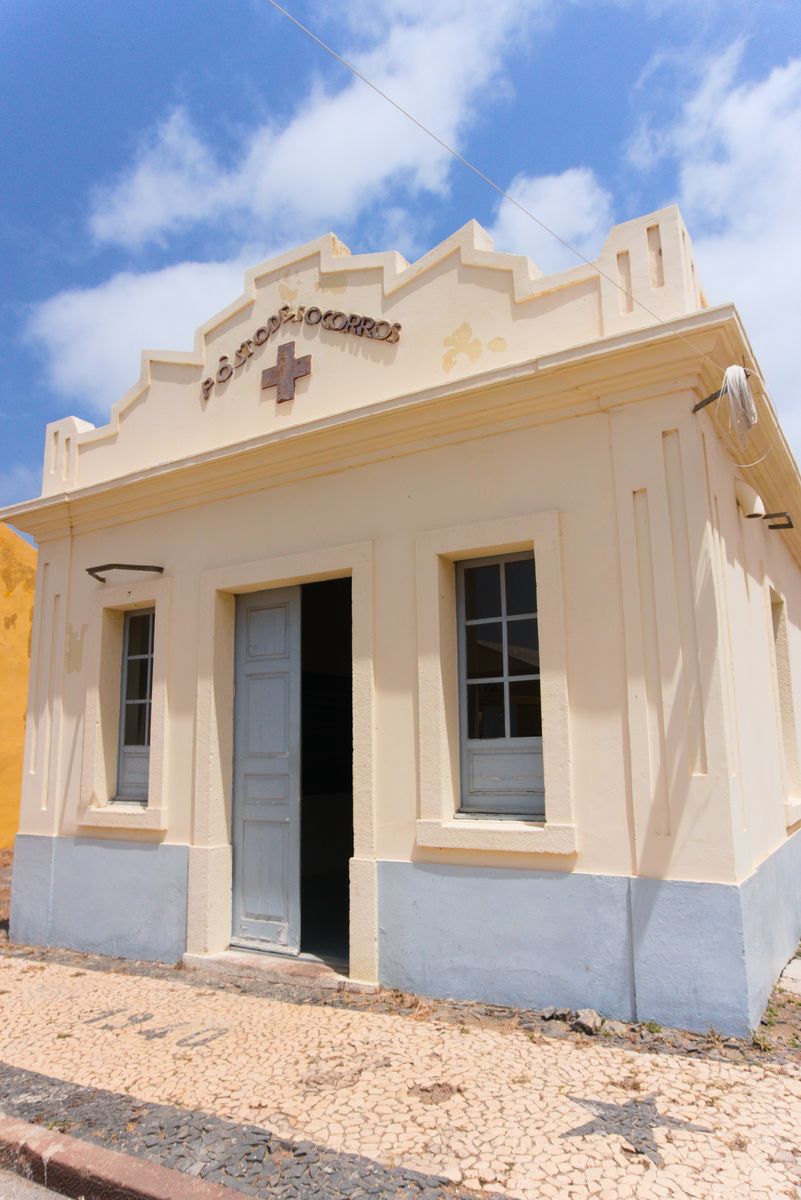
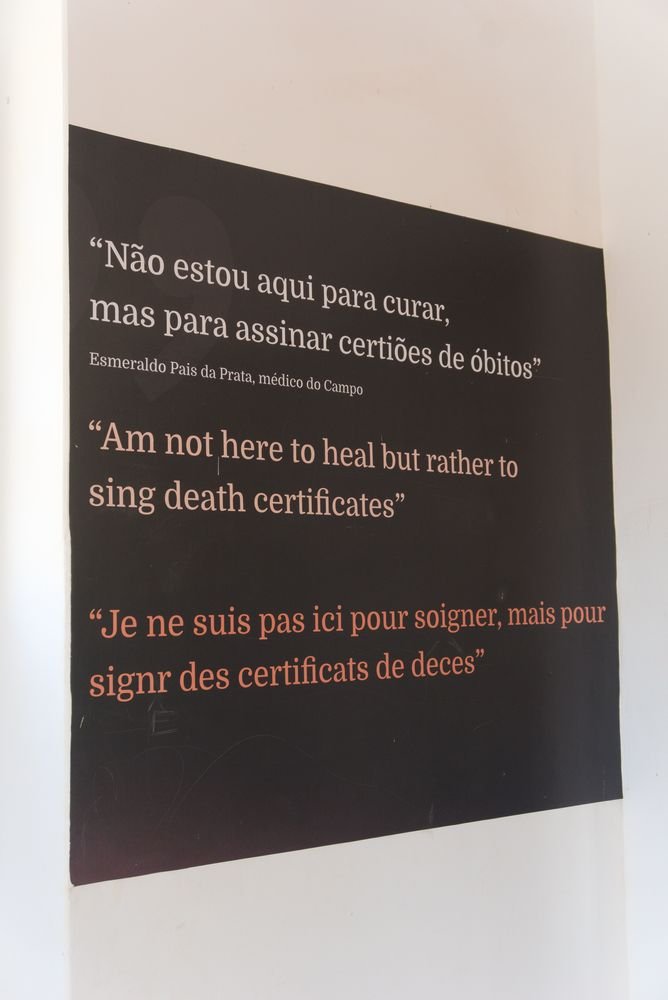
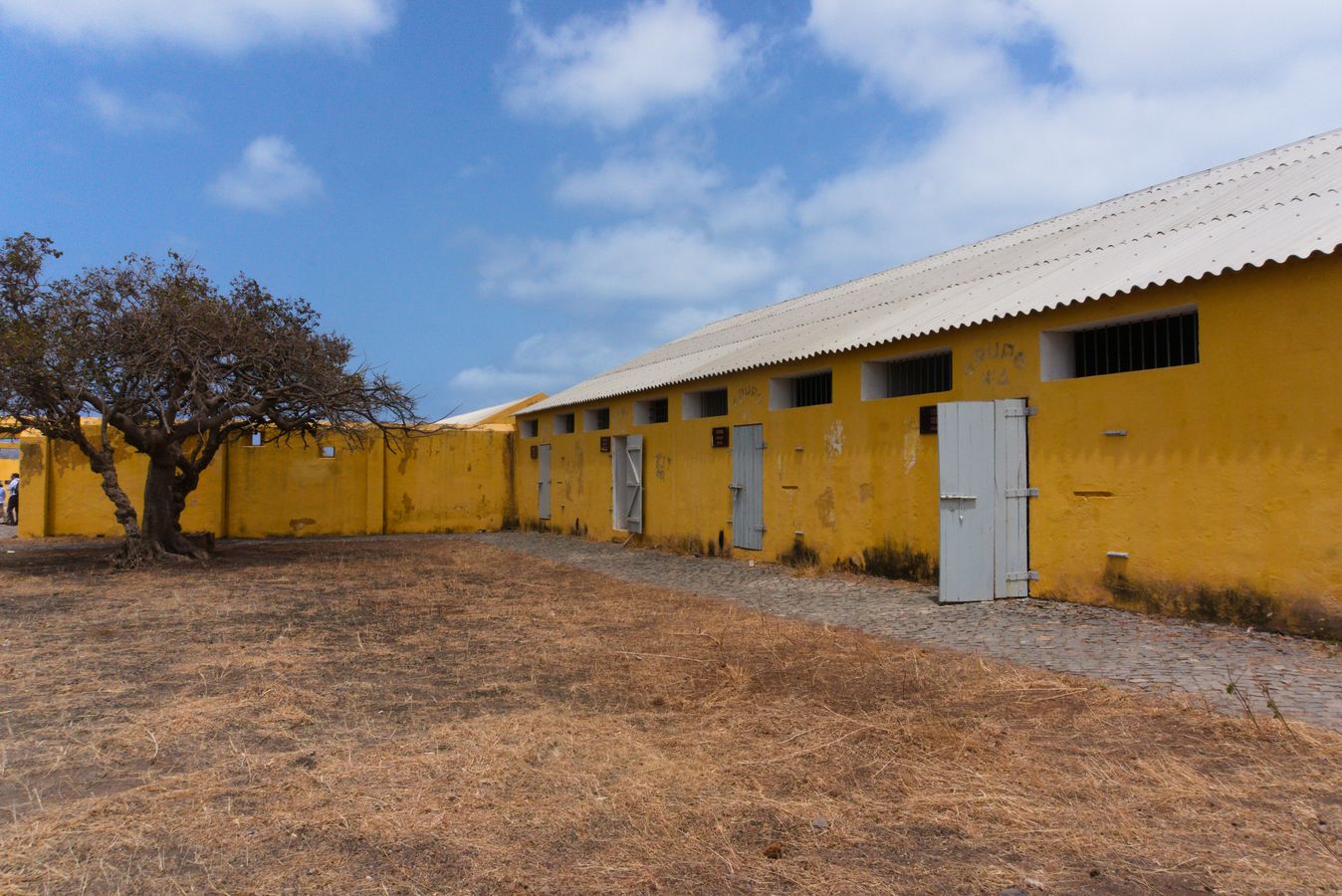
From here, the field opens up into two wings. To the left are a large number of cells (including those of the Portuguese), a large pavilion with many information panels, books and other documents from the period, the bathroom building and the kitchen. In the kitchen, the information panels tell us that rotten meat was often used and that the smell was so bad that prisoners had to cover their nostrils with bread in order to eat.
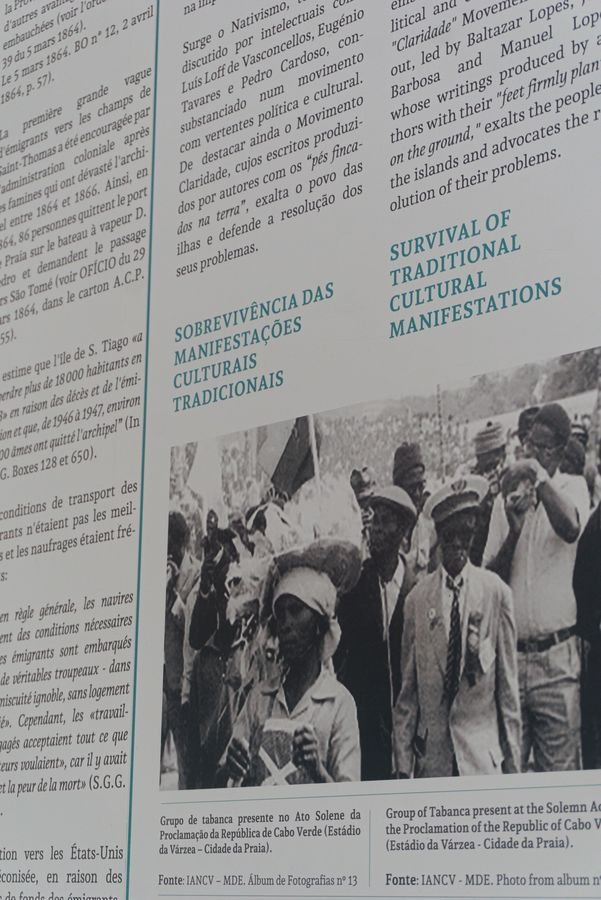
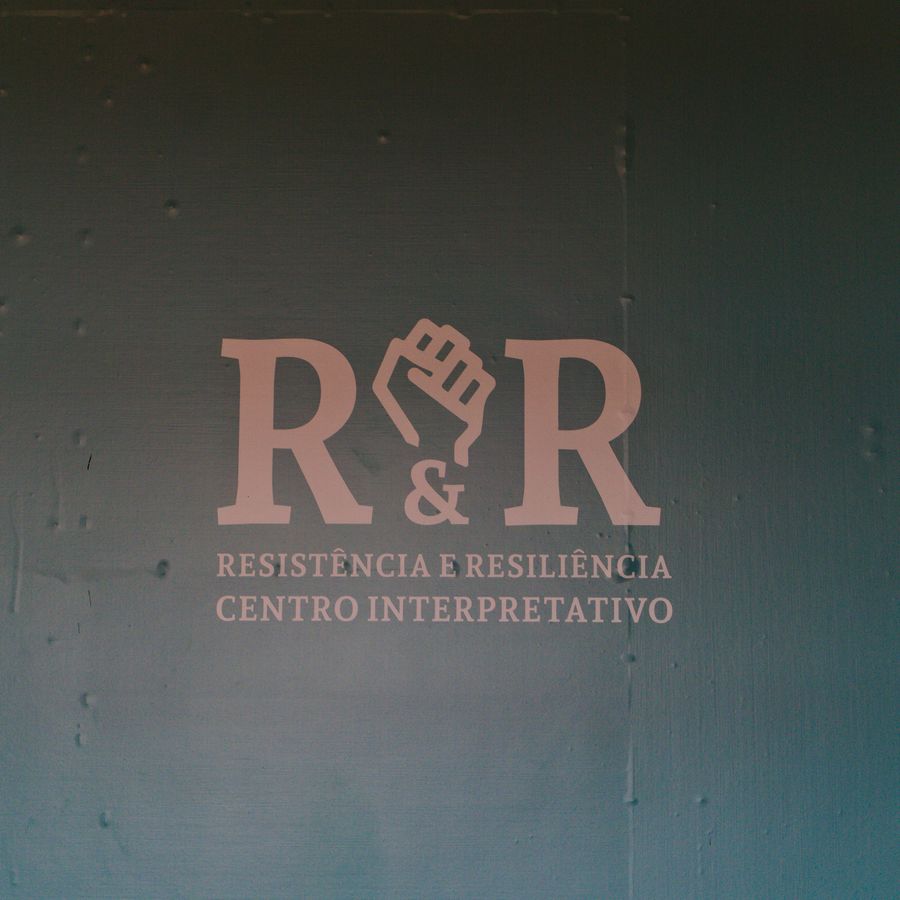
Apart from the kitchen area and the pavilion with the information panels, we felt that this wing, especially the cells, was still the least explored as it did not yet have any information signs. However, during our visit, new rooms were being decorated (we assume for the celebration of the 50th anniversary of 25 April), so it may have been a matter of days before we saw the final product.
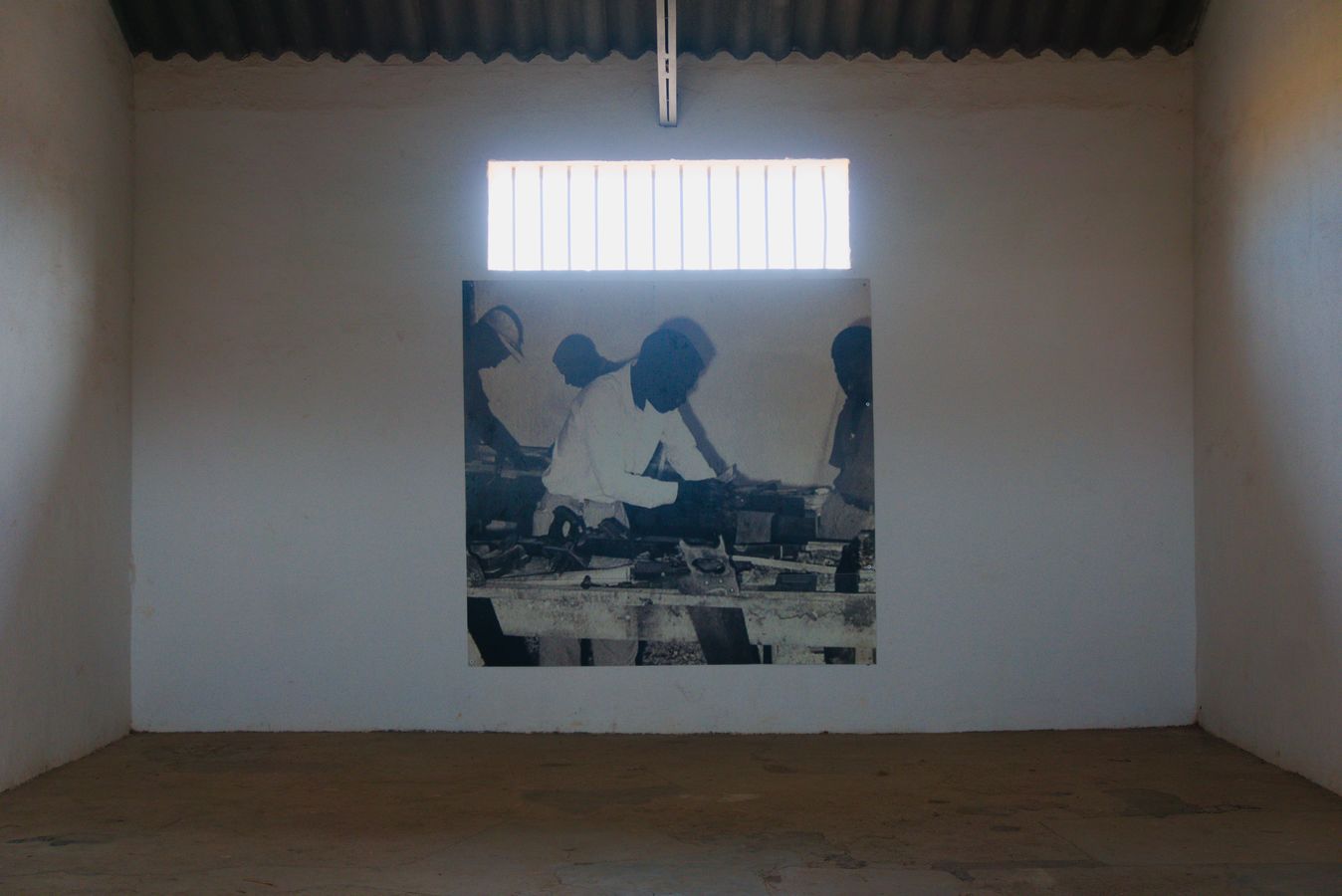
Next, we turned right, where we found another large number of cells, including those of the Cape Verdeans (which was closed) and the Angolans, where there is a description of the prisoners who were held here, with photographs. This was one of our favourite rooms – the photographs and life stories made the experience much more human.
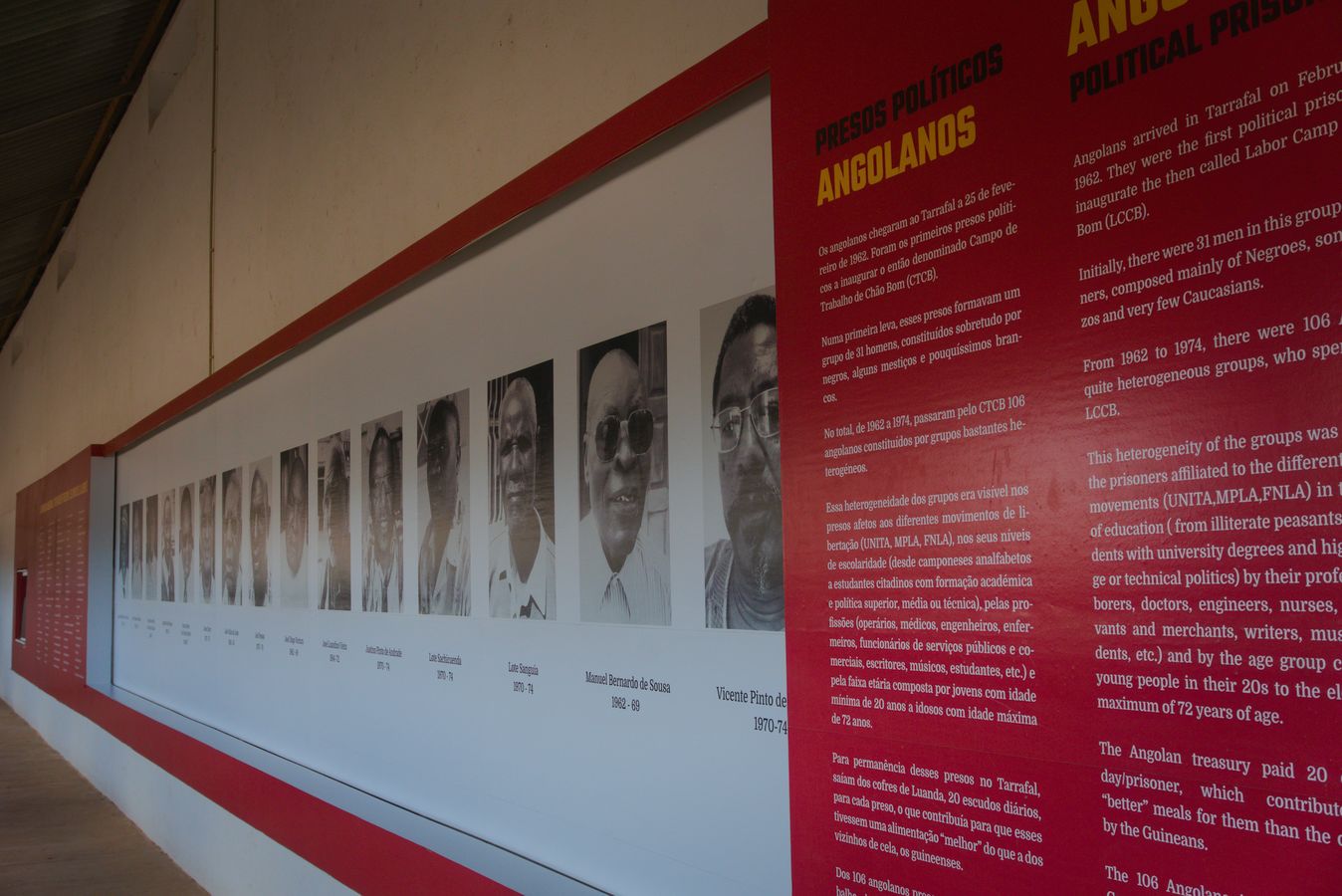
Other rooms you will be able to visit are the laundry room, the reading room and the frying pan, the name given to the chambers where prisoners who disobeyed the rules were tortured, in addition to being deprived of water and food and subjected to temperatures that could reach 60ºC. Later, the frying pan was replaced by the Dutch oven, which, due to its construction and location, functioned as a veritable oven. In total, about 30 people died as a result of the frying pan.
In total, as already mentioned, more than 500 people were imprisoned in the Tarrafal Concentration Camp. Of these, 36 are recorded as having died, including 32 Portuguese, two Angolans and two Guineans. However, many others would die after their release, as a consequence of the true hell they experienced in the Camp of Slow Death.
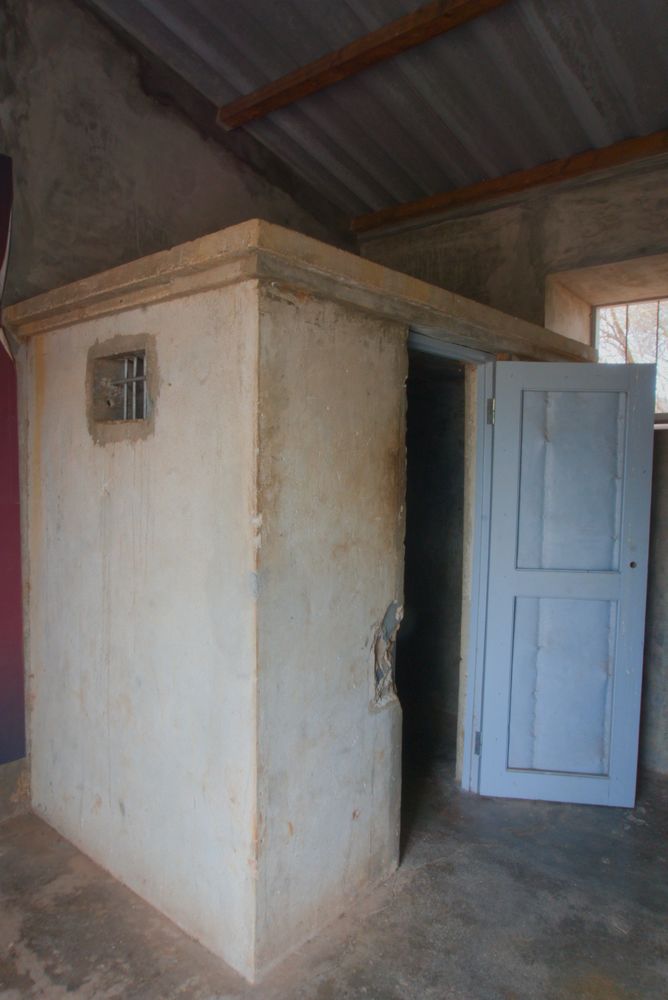
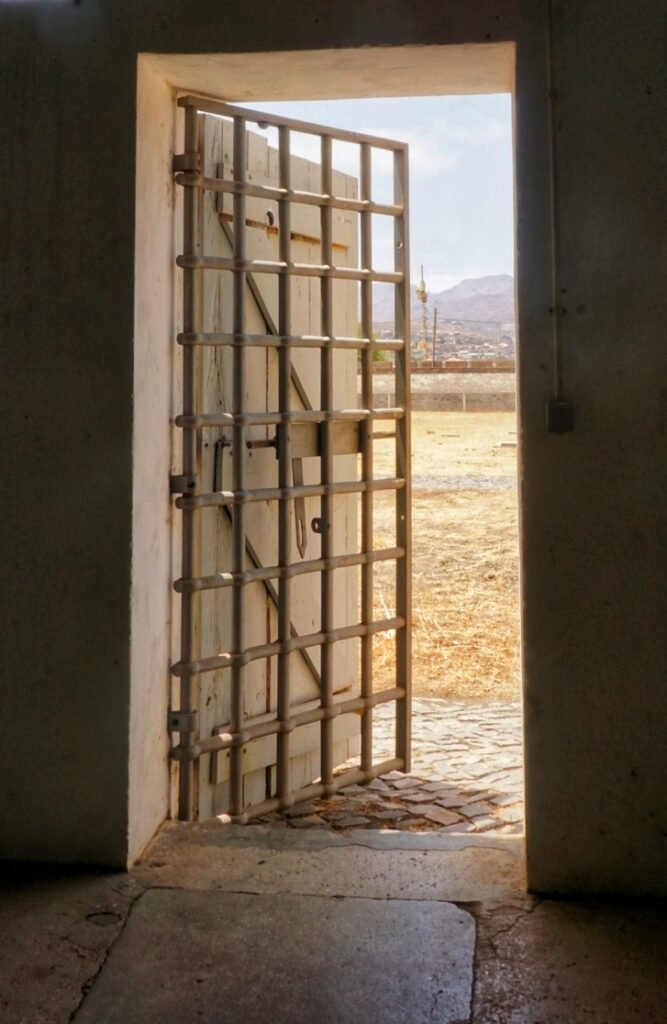
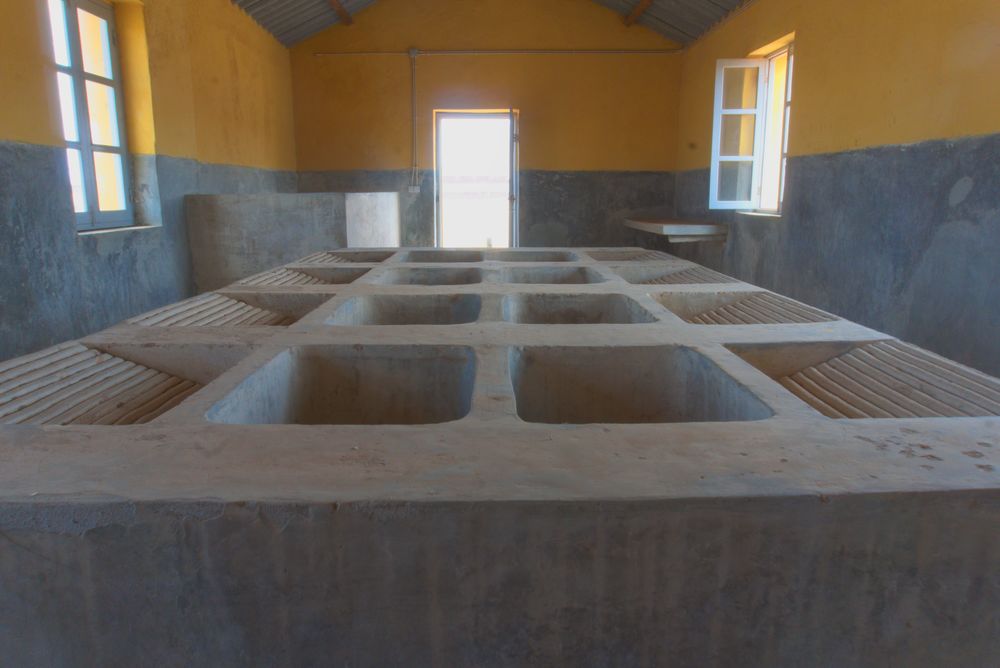
Tarrafal: what else to visit
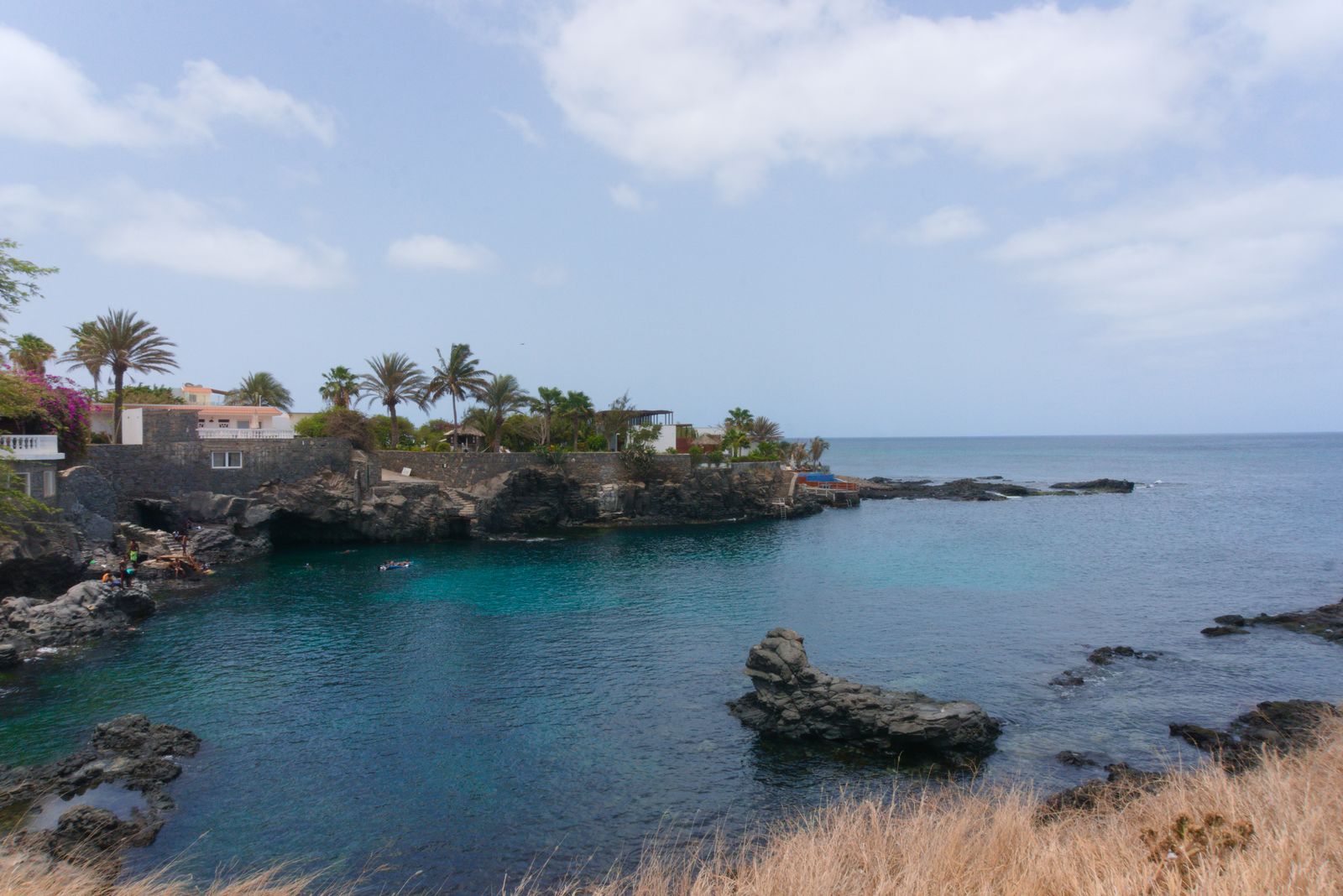
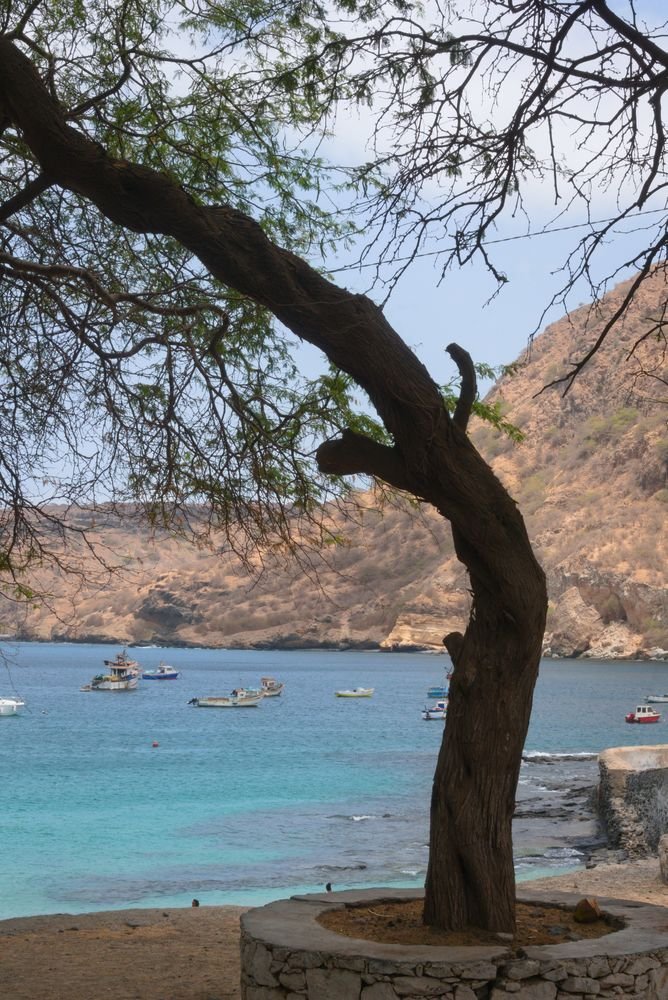
Although best known for its political prison, Tarrafal is one of the most tropical areas on the island of Santiago, with warm sea water and a lighter shade of blue. It is also the departure point for many boat trips around the island.
Therefore, we recommend that you take the opportunity to visit the wonderful Tarrafal Beach, where you can also go on a boat trip (but always be very careful with scams!).
Here, the water temperature is usually above 20ºC, making it very pleasant to dive in. The lighter colour also allows you to see the seabed and always gives it that more tropical look. We found the water to be saltier than ours.
At the same time, there are several restaurants (with reasonable prices), an ice cream parlour and various accommodation options in the vicinity of the beach. Anyone who visits Santiago Island in more depth will realise that this is one of the most popular tourist spots on the island!
If you have the opportunity, be sure to visit the Church of Santo Amaro Abade, a magnificent building that is over 100 years old and attracts large crowds every year for the feast of its patron saint.
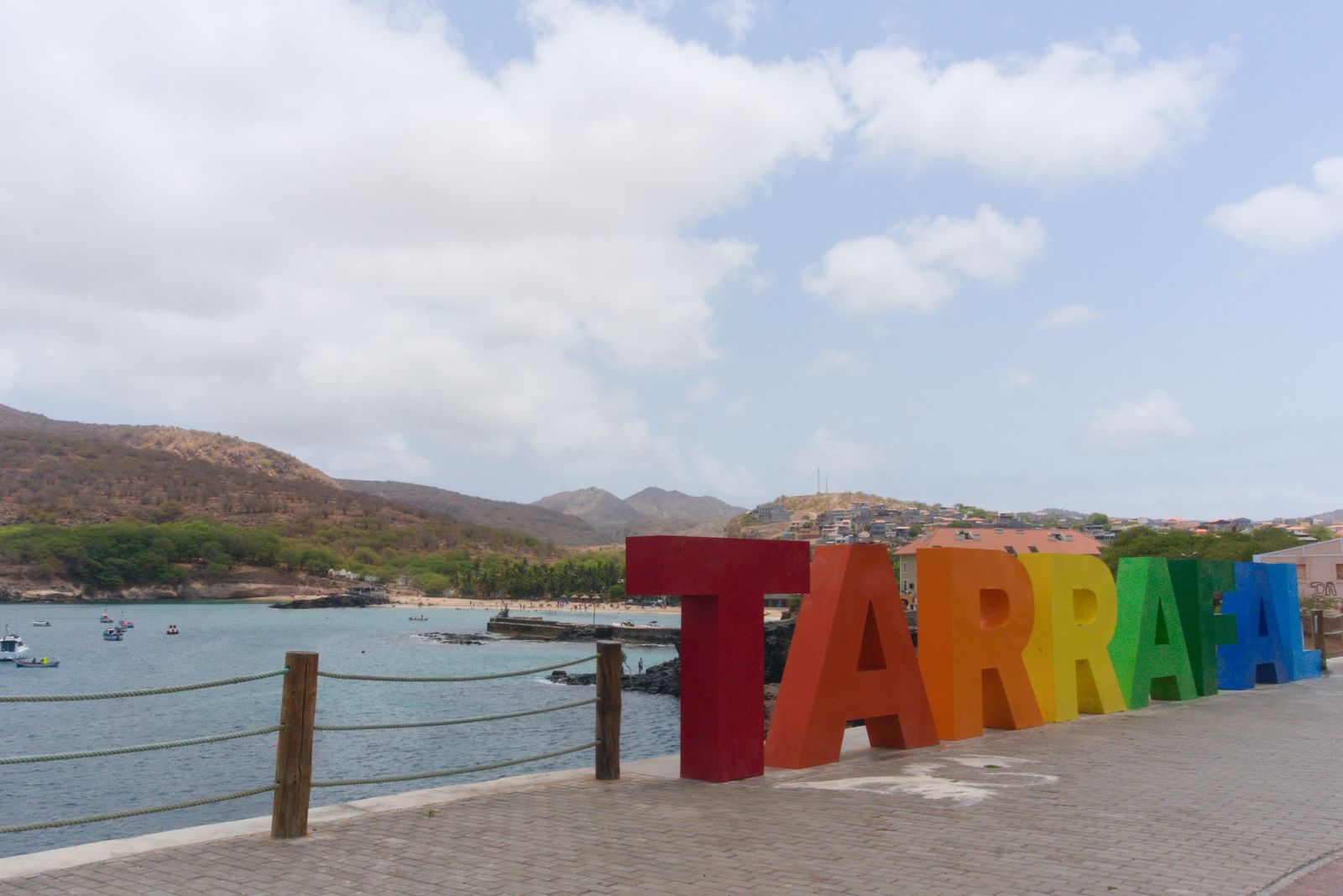
How to get here
In terms of travel, Santiago Island has a very comprehensive transport system, so it is not difficult to get where you want to go.
The main forms of transport are indeed the Taxis – Just walk down the street, raise your arm, and in minutes you will be in a taxi on your way to your desired destination.
Another excellent way is through what the locals call Hiace (because the transport is provided by Toyota Hiace). For those leaving Praia, just go outside the Sucupira Market and look at the doors of the vans to see the destination indicated. In this case, look for the one that says Praia / Tarrafal / Praia. Hiaces are usually much cheaper, but bear in mind that drivers often take on more passengers than the permitted capacity. This mode of transport has a set route and can drop you off at virtually any point along the way or at the final destination. The same logic applies to pick-ups.
In our case, we met a taxi driver whom we trusted and paid him to take us to Tarrafal and wait for us. In total, the taxi fare is usually around 12.000$ ECV (around €108 at the time of our visit), but the taxi driver accompanies you throughout the journey.
